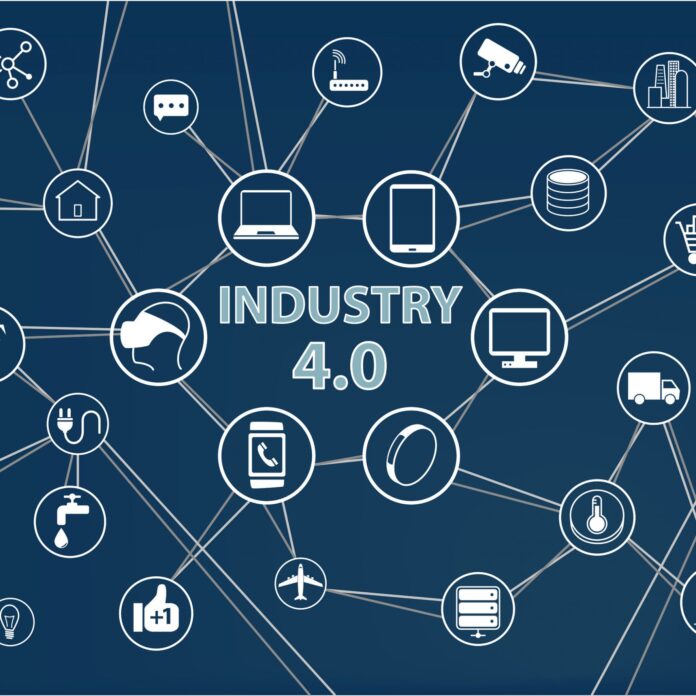According to research conducted by analyst Chetan Sharma, the term “Internet of Things” was first coined in September 1985 by Peter T. Lewis in a speech to the Congressional Black Caucus Foundation 15th Annual Legislative Weekend in Washington, D.C. Lewis defined the IoT as “the integration of people, processes and technology with connectable devices and sensors to enable remote monitoring, status, manipulation and evaluation of trends of such devices.”
Now that the Internet of Things has become part of our common vernacular, there is significant buzz around the wearables market and the connected home, but industrial applications like supply chain management and asset tracking are seen by many as the most promising IoT use cases. AT&T’s Mobeen Khan, the company’s associate vice president for IoT solutions, said the carrier approaches the IoT business case from a customer perspective, and right now most of the customers are enterprises.
AT&T’s customer-centric approach means that the carrier’s cellular network is not the beginning and end of every solution. The company is in a somewhat unique position among U.S. carriers because it has a significant Wi-Fi business, and a satellite network.
“In heavy equipment monitoring you need solutions that include connectivity not just from cellular but in many cases a private Wi-Fi network and satellite,” said Khan. “Many of those construction sites or mining sites or agricultural farms are in places where cellular perhaps does not generally exist. So when we work with customers we are taking a solutions approach where we are providing them this multi-network connectivity which may include cellular, but then really looking at platforms that will serve those use cases without really having the developer and the solution integrator care so much about what is the underlying technology per se. It has impacts on devices and the platforms but that should really become very seamless for the end solution integrator or the customer.”
The next step could be taking the platforms off the AT&T network altogether, so that enterprise customers of other wireless carriers can still turn to AT&T for IoT solutions.
“The platforms that we offer today are more and more network agnostic, and network technology agnostic,” said Khan. He said that the IoT business opportunity is about solutions rather than about increasing the number of connections. “Connectivity will be a small portion of the total opportunity, yet it is still going to grow over a period of time,” he said.
Verizon Wireless is thinking along the same lines. Last fall, the company’s Mike Lanman told Fortune that connectivity represents just 5% of the total IoT revenue opportunity. He said platforms represent 15%, and applications 80%.
Analyst Saverio Romeo of Beecham Research agreed that carriers should be looking beyond connectivity when they evaluate the IoT opportunity.
“The connectivity will be a small element of it, even if we are observing some increase in the connectivity ARPU in some operators,” said Romeo. “Companies start to appreciate the connectivity of assets and the data that this connectivity is producing … so definitely this leads to some increase in connectivity ARPU. … But the real core of the opportunity in the IoT is around the data that is produced in the environments in which we can connect, and the use of this data through applications. … The IoT is a world of services and the services will be developed thanks to the data.”
This story comes from an RCR Wireless webinar called IoT: Opportunities for Carriers and Vendors
Follow me on Twitter.

